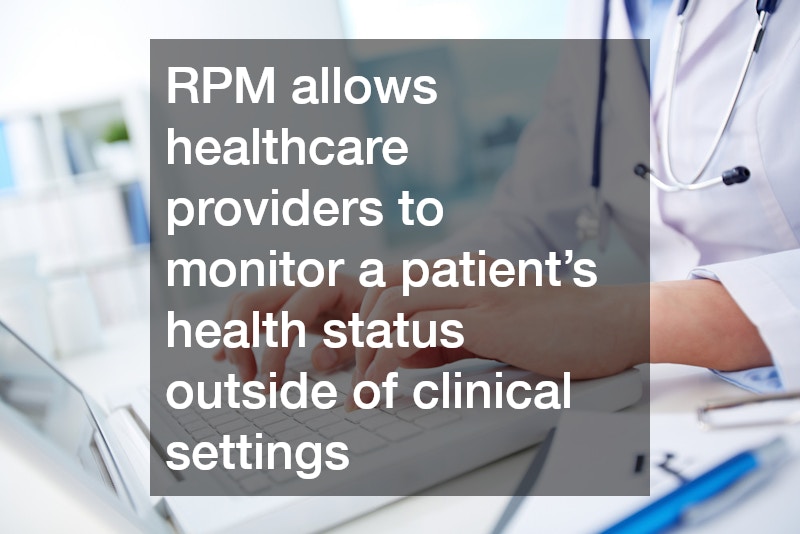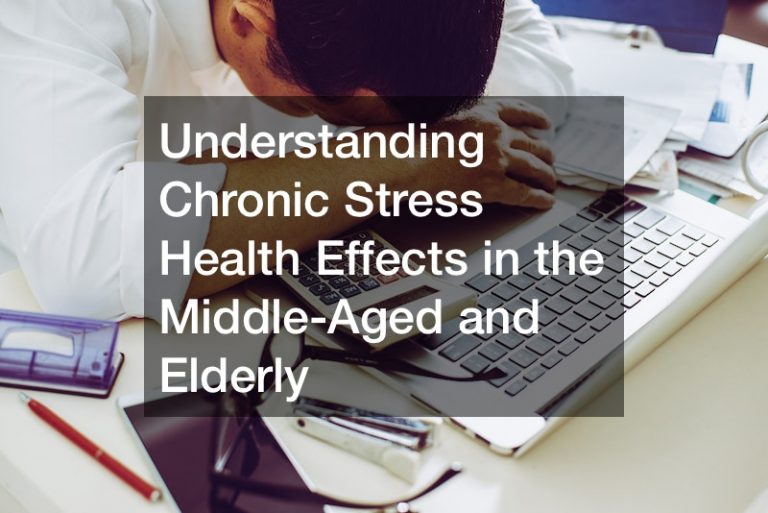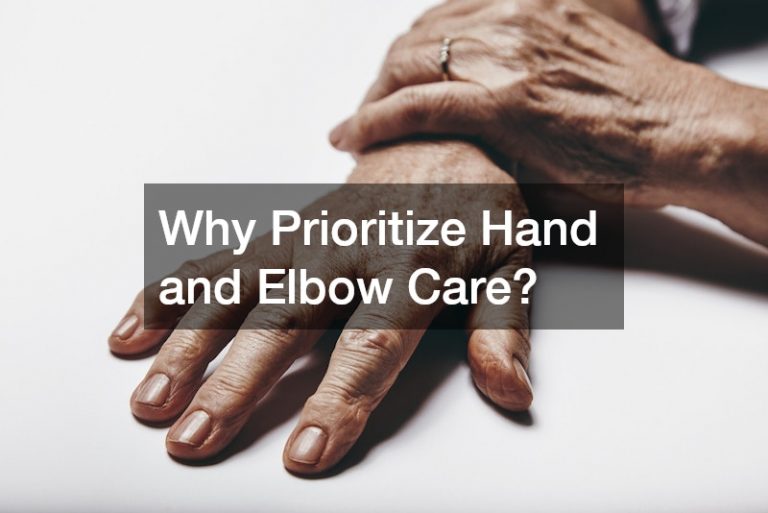
As the global population ages, providing high-quality, accessible care for the elderly has become a top priority for healthcare systems worldwide. With advancements in technology, healthcare is no longer confined to traditional settings like hospitals and clinics. One such advancement that is transforming elderly care is remote patient monitoring (RPM). By leveraging digital tools and real-time data collection, RPM allows healthcare providers to monitor a patient’s health status outside of clinical settings, helping to ensure better management of chronic conditions, timely interventions, and improved overall well-being.
In this article, we explore why remote patient monitoring is essential for elderly care in the digital age and how it benefits both patients and healthcare providers.
1. Improved Management of Chronic Conditions
One of the most significant advantages of remote patient monitoring in elderly care is its ability to effectively manage chronic conditions. Many older adults suffer from long-term health issues such as diabetes, hypertension, heart disease, and respiratory problems. These conditions require constant attention, frequent check-ups, and medication management. However, the traditional model of visiting a healthcare provider regularly may not be feasible for all elderly patients due to mobility issues, transportation challenges, or the strain of frequent doctor visits.
With remote patient monitoring, healthcare professionals can track vital signs such as blood pressure, glucose levels, and heart rate from a distance. Devices like wearable monitors and mobile apps continuously collect data, allowing doctors to detect abnormalities or trends that could signal a worsening condition. This proactive approach enables earlier interventions, which can prevent hospitalizations and reduce the likelihood of complications. Ultimately, RPM helps elderly patients manage their chronic conditions more effectively while enjoying greater convenience and peace of mind.
2. Enhanced Independence for Seniors
Aging often brings physical limitations that make it difficult for elderly individuals to maintain the same level of independence they once enjoyed. However, most seniors wish to live independently for as long as possible. Remote patient monitoring plays a crucial role in allowing them to achieve this goal by minimizing the need for constant in-person supervision from caregivers or medical professionals.
Through RPM technologies, seniors can stay connected to their healthcare providers without leaving their homes. If any irregularities or health concerns arise, healthcare professionals can alert the patient or a designated caregiver, ensuring prompt action. This empowers elderly individuals to take control of their health and daily lives while still receiving the necessary support to maintain their independence. By reducing the need for frequent medical visits and allowing seniors to live in familiar surroundings, RPM enhances their quality of life and autonomy.
3. Reduced Hospital Readmissions
One of the challenges in elderly care is the high rate of hospital readmissions, particularly among seniors who are discharged after treatment for serious conditions such as heart failure or pneumonia. Hospital readmissions can be stressful, costly, and detrimental to the health of older adults. Remote patient monitoring provides an effective solution to this problem by offering continuous post-discharge monitoring, which helps healthcare providers track a patient’s recovery progress.
For example, RPM systems can monitor vital signs such as oxygen levels, heart rate, and temperature in real-time. If the data indicates that the patient’s health is deteriorating, healthcare providers can intervene before the condition worsens and necessitates readmission. This timely intervention can prevent complications, reduce hospital stays, and lower healthcare costs, all while keeping seniors safe and well-supported at home.
4. Personalized and Continuous Care
Every individual’s health needs are unique, and this becomes even more apparent in elderly care, where age-related conditions vary widely from person to person. Remote patient monitoring allows for a more personalized approach to healthcare by providing continuous data on a patient’s specific condition. Instead of relying solely on periodic doctor’s visits, healthcare providers can use RPM to assess real-time information about the patient’s health status, enabling a more tailored and responsive care plan.
For example, if a patient has chronic heart disease, RPM devices can track fluctuations in heart rate and blood pressure throughout the day, providing healthcare providers with a detailed picture of how the patient is responding to medication or lifestyle changes. The data can then be used to adjust treatment plans, ensuring that the patient receives the most appropriate care for their individual needs. This continuous care model ensures that elderly patients receive timely and relevant interventions, which contributes to better health outcomes.
5. Reduced Caregiver Burden
Caring for elderly individuals, especially those with chronic conditions, can be overwhelming for family members and caregivers. The physical, emotional, and financial toll of caregiving can lead to burnout, which negatively affects both the caregiver and the patient. Remote patient monitoring can ease this burden by providing caregivers with tools to monitor their loved ones’ health more efficiently.
With RPM, caregivers can receive updates on the patient’s condition, reducing the need for constant in-person supervision. If any health concerns arise, the system will alert the caregiver and healthcare provider simultaneously, allowing for swift action without requiring the caregiver to be physically present at all times. This technology provides caregivers with peace of mind, knowing that they have support in managing their loved one’s health while also giving them time to focus on their own well-being.
6. Cost-Effective Healthcare Solution
The rising costs of healthcare are a major concern, especially for elderly individuals who are more likely to require ongoing medical attention. Remote patient monitoring offers a cost-effective solution by reducing the need for frequent hospital visits, emergency room admissions, and in-patient care. By enabling early detection of potential health issues and facilitating timely interventions, RPM reduces the overall healthcare expenses associated with managing chronic conditions and preventing medical emergencies.
Additionally, RPM can help healthcare systems manage their resources more efficiently. With real-time data and continuous monitoring, healthcare providers can prioritize patients who need immediate attention and allocate resources accordingly. This reduces the strain on hospitals and clinics, making healthcare more accessible and affordable for elderly patients.
Final Thoughts: Embracing RPM for Elderly Care
In the digital age, remote patient monitoring is becoming an indispensable tool for elderly care. By providing continuous health tracking, personalized care, and reducing the need for frequent hospital visits, RPM empowers seniors to manage their health more effectively while maintaining independence. For healthcare providers and caregivers, it offers the ability to deliver timely interventions and improve overall health outcomes. As technology continues to evolve, the integration of RPM into elderly care will only become more widespread, helping to create a more sustainable and patient-centered healthcare system for the aging population.
.







